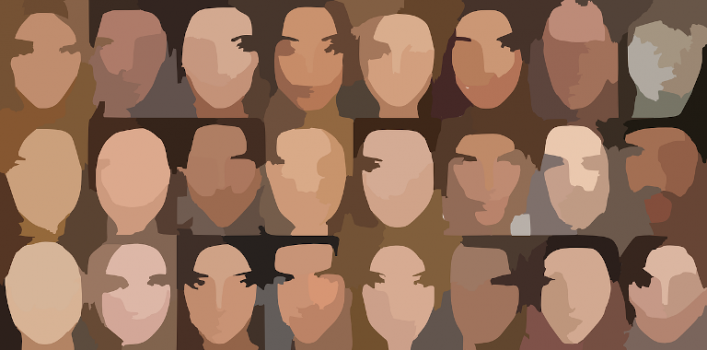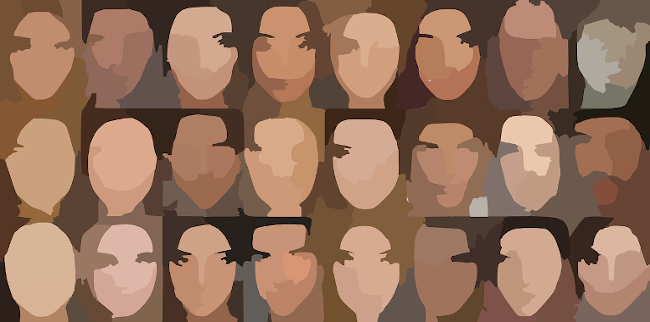
Your fantasy novel may have a large cast of characters, but it’s best to begin by making sure you develop a strong main character – and this doesn’t mean the character’s physical strength. It means clearly defining and developing this character who has the leading role in your story. It’s also important to note at the outset how there’s more to developing your main character than just figuring out what they look like and what kind of personality they have. From the very start you should also be thinking about how this character will change and grow throughout the story. Without a well-developed main character, your fantasy novel will fizzle. But if you nail the details of a great main character, then readers will want more!
Shaping the Main Character and Their Role
In addition to the big picture of what kind of person your main character is, you must also determine the role the character will play in the story. If you’ve chosen one or more of the basic plots from our previous article about Finding a Story Idea for Your Fantasy Novel, then you already have a good idea of the role the character will be playing because it’s outlined in the storyline(s) you’ve chosen.
As for the broad strokes of your main character, it can be useful to start by choosing from among the basic 12 character archetypes, with the understanding that you’ll add in various details and layers so your main character doesn’t feel like a stereotype, which could bore your readers. Think of these character archetypes as a foundation that you will build upon, because it’s always good to have a solid starting point.
It was psychologist Carl Gustav Jung who described these archetypal characters that permeate the human experience on a deep, collective, subconscious level. You’re aiming for a main character that is both well-rounded (as opposed to flat) and who is also dynamic (as opposed to static) in terms of how they change during the story. You also don’t have to limit yourself to just one. It is often good to blend more than one archetype into your main character. Here are the 12 basic character archetypes:
- Caregiver: Caregivers tend to address the needs of others with compassion and generosity before addressing their own needs. They find fulfillment in protecting and caring for others. Because of this they are vulnerable to being exploited by others. Sometimes they are also willing to be a martyr in order to help and protect others.
- Creator: The creator has a strong artistic sensibility and a vision. Creative and imaginative, the creator (artist, inventor, writer, dreamer, musician, etc.) wants to express their vision in ways that endure, but can also be prone to debilitating perfectionism.
- Explorer: The explorer is highly individualistic and thrives on freedom and adventure. They feel most fulfilled as they explore other places and cultures, which helps them discover and know who they are in terms of their own identity. The explorer fears the loss of freedom and despises conformity and boredom. The danger with the explorer is becoming an aimless wanderer who doesn’t fit in anywhere.
- Hero: With the hero you have a person who pursues their objective regardless of the odds, who never gives up, who is brave, tenacious, and honorable. The hero wants to make the world a better place and pursues self-improvement and mastery so they can improve things. Their worst fear is lacking courage or displaying weakness. The danger with a hero is becoming arrogant or seeking out the next fight even when there isn’t one.
- Innocent: The innocent archetype is the person who sees all the good in others and the world, who is optimistic, hopeful, and romantic. The innocent is a dreamer who just wants to be happy. Innocents are very loyal and always try to faithfully do the right thing. Their greatest fear is doing something wrong and being punished for it. The danger with innocents is that their trusting nature and optimism can be make them so naïve that they’re vulnerable to exploitation.
- Jester: The jester is all about living in the moment and fully enjoying it. They indulge in the silly and fun whenever they have the chance. They want to squeeze every drop of joy and fun out the world that they can. They are funny and joke around a lot. Their greatest fear is boredom and being seen as boring by others. The danger with jesters is that they can end up being frivolous and wasting a lot of time. Their comedic demeanor can mask deep insecurities. They can also be tricksters with dubious morals. Playing the fool can also send deeply wise messages to those around them.
- Lover: The lover is passionate and committed to whomever they love. They are very supportive (which is why they are most often a supporting character to the main character) and an enthusiastic partner.
- Magician/Wizard: The magician is a person who pursues unlocking and understanding the secrets of the universe and its fundamental laws. The magician uses their knowledge and skills to make things happen to bring about their vision of what could be. Their greatest fear is their actions having unintended negative consequences. The danger with magicians is becoming overly manipulative.
- Every-person /Orphan: The every-person or orphan is the kind of person who wants to connect with others, to fit in and belong. They also may have little or nothing to lose in pursuing their goals. They tend to be very practical, down-to-earth, and often have “street smarts.” Their fear is not fitting in and being left out. The danger with this archetype is losing their self-identity in their desire to fit in and belong.
- Rebel/Outlaw: The rebel is the one always questioning authority and thinks of rules as things to be broken. They value their freedom more than just about anything else. If there’s a system that oppresses freedom, they will fight against it, and maybe even lead a revolution to overthrow it. They are uncompromising, whether pursuing revolution or revenge. They actively seek to disrupt and overturn things that aren’t working. They fear being ineffectual or powerless. The danger with rebels is when they end up going down a darker path of crime and wanton destruction.
- Ruler: The ruler is all about obtaining, exercising, and maintaining power, whether in their family, community, country or the whole world. If they channel it towards the well-being of those around them, you might say “more power to them!” What they fear is losing power, and the danger with them is becoming authoritative or dictatorial.
- Sage: The sage is the wise person whose chief aim has always been to seek out the truth. The sage archetype often serves as a mentor to the main character (think Dumbledore to Harry Potter, Yoda to Luke in Star Wars, and so on). Their greatest fear is being misled or duped into believing in and acting on something that isn’t true. The danger with the sage is becoming hermit-like and not having any real impact on the world.
The twelve archetypes presented above only provide a starting point for shaping the main character in your fantasy novel. Your next step will be detailing your main character with everything to make them well-rounded and dynamic, because no one wants to read a book where the main character is flat and static!
Try tooleybook, the free tool created for writing books. It takes less than 30 seconds to create an account and start writing.
With tooleybook you can view timelines, chapter purpose, word count, track time and place, tag scenes, move and organize scenes and more...More Info


